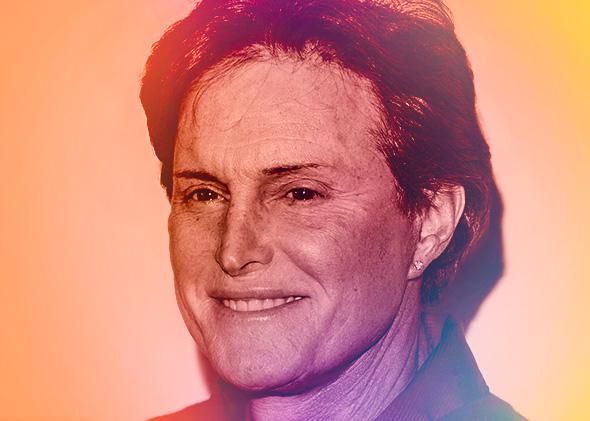A critical mass—or mess—of rumors and (some) reporting has pushed a discussion of Bruce Jenner’s gender identity from tabloid fodder to mainstream coverage. Even traditionally cautious outlets like the New York Times have decided they cannot ignore the story about the story, and Slate is no exception. But covering transgender issues respectfully requires precision and care. In light of the of the unfolding coverage, Outward editor Bryan Lowder composed a memo last week to remind Slate staffers of some best practices to observe when writing about transgender issues. With light edits, we’ve reproduced Bryan’s email below.
Dear all,
Since Bruce Jenner’s gender identity appears to have become a real story over the past few weeks for multiple sections of the magazine, the copy desk and Outward thought it would be a good idea to revisit and clarify some best practices when covering transgender issues, especially with regard to an individual’s coming out experience.
1) Like most mainstream media organizations, Slate respects an individual’s stated gender identity. In cases where a newsworthy individual is undergoing or has recently undergone a gender transition, we will use the standard pronouns and name (see, for example, Chelsea Manning) that the subject has indicated are now appropriate upon official request or public announcement.
Please note that as a matter of style we do not use nonstandard or bespoke pronouns; in such cases write to avoid pronoun use altogether or consider using the third-person plural they/their as an absolute last resort. There is no need to adjust references to an individual that occurred before their official announcement (e.g. old references to Bradley Manning don’t need to be corrected).
2) In the specific case of Bruce Jenner, note that since he has not yet made an official announcement about any change in gender identity, male pronouns should continue to be used. “Sources say” and similar secondary reports are not enough to merit a change.
3) Use care when discussing a person who may be “in the process” of transitioning, especially if they are not discussing that process publicly. What transitioning means can differ greatly between individuals in terms of physical changes, identity terminology, and a number of other factors, so it is best to avoid discussing or speculating on this aspect of the trans experience in any detail. Above all, we do not want to be perceived to be judging the “convincingness” or “completeness” of a person’s transition, as those concepts are wholly subjective and deeply personal.
4) Use careful editorial judgment when deciding whether transgender “rumors” are themselves worth coverage. Obviously certain stories touch on larger issues (e.g. Jenner’s intersects with reality TV, tabloid culture, etc.) and deserve attention in kind, but by participating in those stories we are taking part in a culture that already places trans people under heightened and dangerous scrutiny. There is nothing inherently salacious or juicy about someone’s being trans. The line between reporting relevant information of interest to our readers and taking part in disrespectful gossip can be thin. We want to stay well on the former side. A good rule of thumb is to rely only on direct statements from the person in question rather than any secondary sources or speculation.
5) A few friendly style and terminology reminders:
- A person is “transgender” or “a transgender man/woman” or has “come out as transgender.” (Not “a transgender” or “transgendered.”)
- The formulation “a transgender man/woman” refers to the person’s correct gender (the one they are claiming), not the gender assigned at birth. i.e. Laverne Cox is a trans woman.
- Genderqueer is a distinct identity and not to be confused with transgender, though some define it as being under a larger “trans umbrella.” Request clarification from your source on the best terminology to use.
- Being trans does not necessarily make one gay/lesbian/bisexual (or straight for that matter)—sexuality is distinct from gender identity, and should not be assumed.
Feel free to reach out with any questions or concerns. This is an evolving and contentious area, and perfection in the eyes of all people is impossible. But we do want to make our best effort to be sensitive and respectful.
Thanks,
Bryan Lowder
